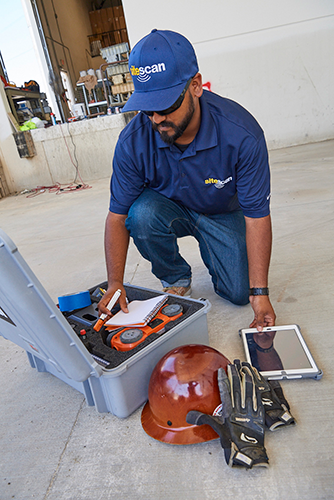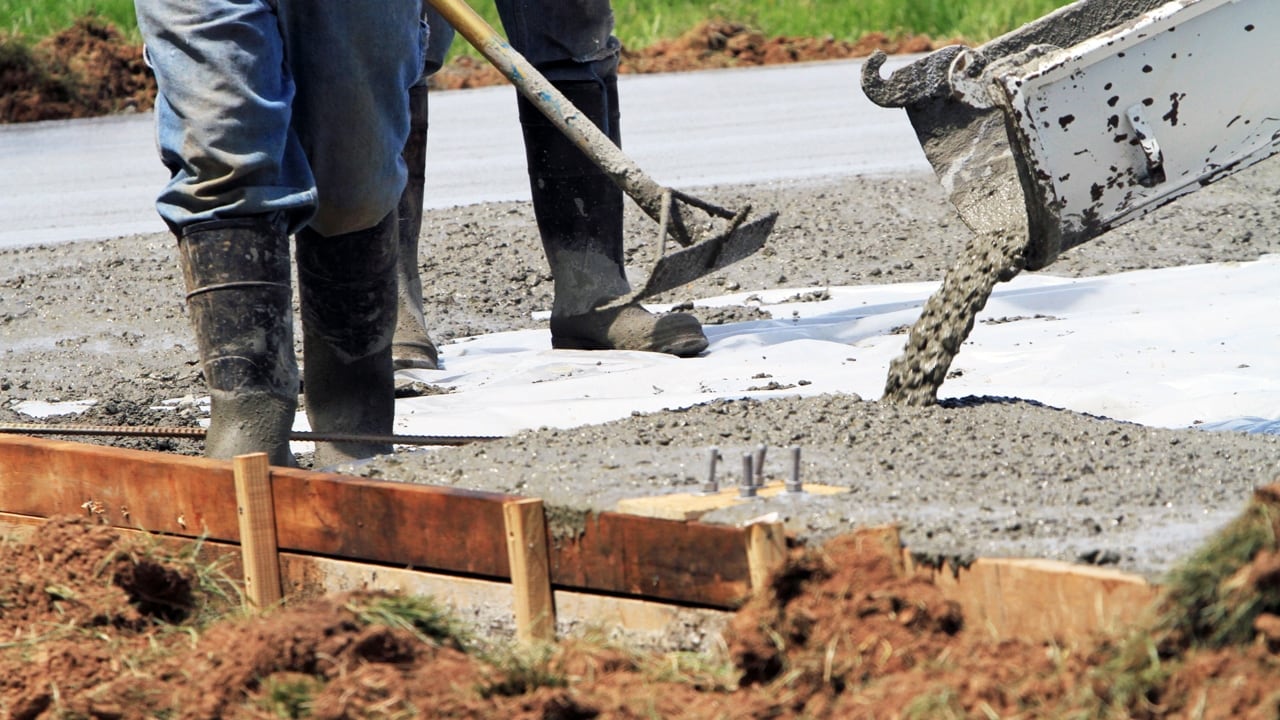Concrete Scanning: A Vital Step In The Direction Of Making Certain Architectural Honesty and Security
In the world of building and infrastructure upkeep, the importance of concrete scanning can not be overstated. This thorough process holds the crucial to unveiling prospective threats concealed beneath the surface of seemingly solid frameworks. By utilizing advanced innovation and approaches, concrete scanning serves as a crucial tool in making sure that the stability and safety of bridges and buildings are supported to the greatest criteria. However, beyond its surface-level effects, the role of concrete scanning prolongs much deeper than meets the eye.
Significance of Concrete Scanning
Concrete scanning plays an essential role in making sure the structural honesty and safety of structures and infrastructure tasks. By using advanced innovations such as ground-penetrating radar (GPR) and electromagnetic induction, experts can non-destructively inspect concrete frameworks to discover potential flaws, gaps, ingrained objects, and support design. This process makes it possible for early discovery of anomalies that might endanger the security of a structure, stopping pricey damages and making sure the safety and security of residents.
Concrete scanning is specifically important throughout the preparation and building and construction phases of a project. Before boring, reducing, or coring right into concrete, scanning aids recognize the precise locations of rebar, post-tension cords, and various other ingrained elements, minimizing the threat of unintended hits that could result in structural weaknesses. In addition, concrete scanning aids in quality assurance by confirming the density of concrete covers and detecting any type of disparities that may affect the overall sturdiness of the structure. Ultimately, buying concrete scanning services is not just an aggressive action to mitigate threats yet additionally a basic action in the direction of keeping the lasting safety and security and security of buildings and infrastructure.
Technology for Concrete Inspection

Advantages of Early Detection
Prompt detection of structural concerns can substantially alleviate threats and ensure the long life of building tasks. By identifying potential issues early in the building and construction procedure, stakeholders can take proactive measures to deal with problems before they intensify into larger and much more expensive issues. One of the essential benefits of early detection is the prevention of structural failings, which can posture significant safety and security threats and bring about job hold-ups and monetary losses.
Additionally, early detection permits timely fixings and upkeep, which can assist prolong the life expectancy of the structure. By addressing issues promptly, building and construction groups can prevent expensive repair work and even the demand for early replacement of structural parts. This aggressive method not only conserves money and time however also boosts the total security and toughness of the building and construction job.
Additionally, very early discovery can enhance task planning and decision-making by giving stakeholders with useful insights right into the condition of the structure. Equipped with this information, task supervisors can make informed selections pertaining to building and construction products, techniques, and timelines, bring about a lot more successful and effective project results.
Ensuring Architectural Security
Making sure the architectural stability of a building and construction project is extremely important to its safety and long life. Structural stability describes the ability of a building or framework to maintain its type and feature under ecological problems and various tons. To achieve this, detailed assessment read the article and tracking of the framework are vital. Concrete scanning plays an essential function in making certain structural stability by identifying potential problems such as spaces, delamination, or reinforcement corrosion that might endanger the honesty of the structure gradually.
By making use of innovative scanning innovations like ground-penetrating radar (GPR) and electromagnetic induction, building and construction professionals can non-invasively inspect concrete structures to recognize areas of worry beneath the surface area. This aggressive strategy allows for the early detection of issues or weak points, allowing prompt fixings or reinforcement to stop architectural failings.
Regular concrete scanning throughout various construction stages and throughout the life process of a structure can assist keep its security, mitigate dangers, and guarantee the security of occupants. By prioritizing structural stability with concrete scanning, construction tasks can boost their resilience and toughness, eventually contributing to better safety and security and long life.

Preventing Crucial Failures
Applying regular inspections, such as concrete scanning, can expose covert flaws like gaps, splits, or rust that could endanger the stability of a structure. By using sophisticated scanning innovations like Ground Permeating Radar (GPR) or Concrete X-ray, designers can non-destructively analyze the condition of concrete and identify weak factors that call for reinforcement or repair.

Conclusion
In conclusion, concrete scanning plays a critical role in guaranteeing structural integrity and safety and security by using innovative modern technology for very early detection of potential concerns. This aggressive strategy helps avoid crucial failures and ensures the stability of frameworks. It is necessary to prioritize concrete inspection as a common practice to secure the long life and safety of buildings and facilities.
Concrete scanning plays a vital role in ensuring the structural integrity and safety of structures and infrastructure jobs. Additionally, concrete scanning aids in top quality control by verifying the thickness of concrete covers and spotting any kind of inconsistencies that may influence the overall resilience of the framework. Concrete scanning plays her comment is here an essential role in guaranteeing structural security by finding prospective concerns such as voids, delamination, or reinforcement rust that might compromise the honesty of the framework over time.

In final thought, concrete scanning plays a critical role in making certain structural stability and safety and security by making use of advanced innovation for very early discovery of possible concerns.